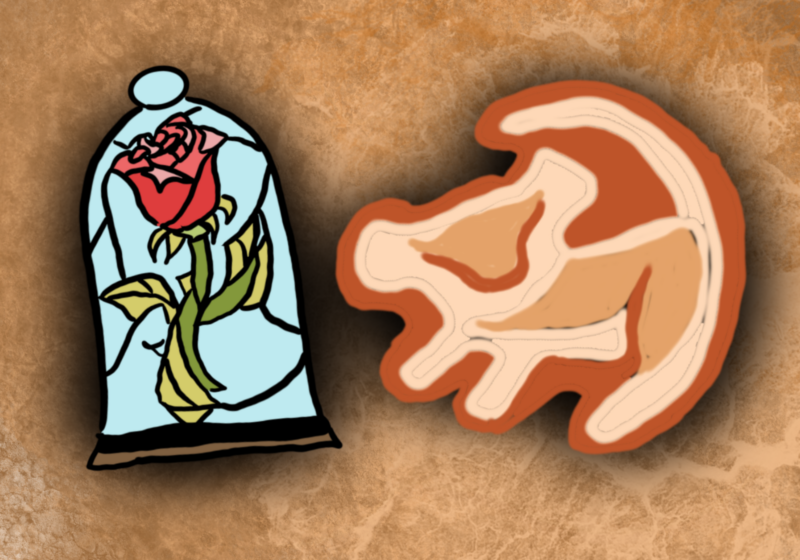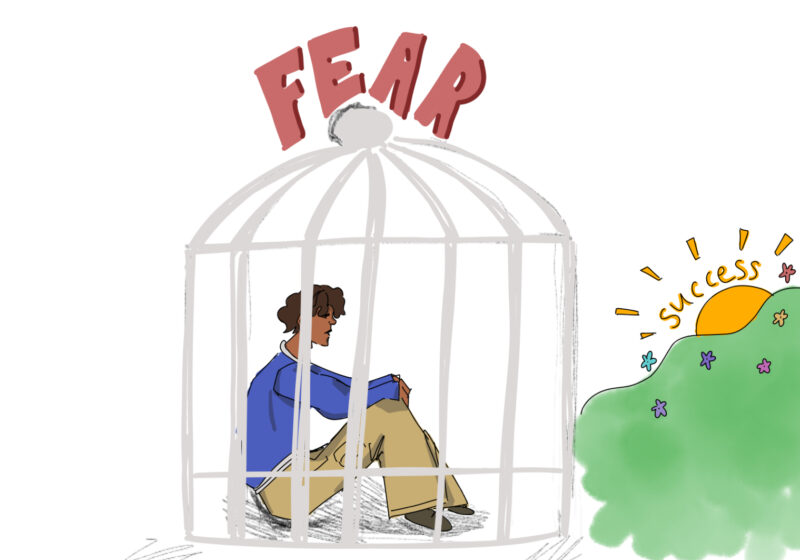Many of you may know Professor David Bleich as an accomplished author and editor, a member of the English department and an advisor to those pursuing a major in journalism. However, Bleich is also an avid photographer; an exhibit of his photographs is currently on display in the Art/Music Library entitled “Sights, Sites, and Cities.”
Bleich describes this collection (as reported by Heather Layton, Art/Music Library Staff) as “recordings of urban experience. They are recursive responses to the proliferation of technology and construction found in every city. They are also rearticulations of ordinary memories, feelings, and fantasies that cities have evoked from the city-boy shutterbug.”
The exhibit consists of 42 beautiful pieces covering subjects from sites in cities such as New York and Boston to phenomenons of nature. There are also shots of different individuals interacting as well as of modern machines, aerial shots and close-ups. Several finishes are used on the photos to add detail, such as black and white, sepia toned and a finish that suggests a pencil sketch.
What makes this collection so intriguing, however, is the way that Bleich has doctored the photos to personalize them. In addition to changing the finishes, Bleich used various computer editing techniques to give additional touches to his images. Some of the shots are stretched in a sense, focusing in on the center of the photo, such as an image of seven big-rig trucks lined up in a row, and other shots employ the use of drastic zooming, making small details of the subjects noticeable. One shot of a tortoise is zoomed so far in that the tortoise’s head and front left leg occupy the entire frame, making it possible to count the individual scales on the tortoise’s body.
In addition, Bleich uses a technique that reminded me of a heat sensor, in which bright, vivid colors were used to highlight particular points of the photographs, drawing my eyes immediately. This was especially evident in one shot of a motorcyclist and his passenger, with the chrome of the motorcycle, among other portions of the image, highlighted with vibrant colors. This particular image was also altered in such a way that a computer was used to copy portions of the photo and position these specific copies in select places throughout the photo.
My eye was first drawn to the largest piece of the exhibit, a panoramic shot of New York City, post September 11, 2001, covering approximately 15 feet of horizontal wall space in the gallery. The image, done in black and white, spans one side of the city to the other, capturing both rivers and sets of bridges in a single panoramic shot. Set precisely in the middle of the image is the Empire State Building. The detail depicted is incredible, and Bleich’s skill as a photographer is evident in this photo alone. The ability to capture a scene in a panoramic shot is fairly difficult, and what seems like three separate components of this single panorama match up with each other perfectly.
I was next intrigued by an image of a glass elevator in what I assume is a mall or shopping center. The image has a futuristic feel to it, with the glass and mirrors reflecting surrounding light and objects. The image is also depicted as closest to viewers in the middle, with the top and bottom of the photo seeming to be further away. This is one of several photographs doctored with color, which adds to the futuristic feel and highlights the glass and mirrors of the elevator. At first glance, one would assume that this image was completely computer generated, suggested by impeccable symmetry other special effects. However, it is, like all of Bleich’s other images, a personal photo taken by the professor himself.
All of the photographs utilizing the effect of colorful highlights immediately grabbed my attention, causing me to want to study them further. A photo of this nature that I particularly enjoyed was one of a horse-drawn carriage. The horse and carriage is waiting on the side of a city street for passengers and its surroundings, such as window advertisements and the clothing of people in the background, suggest a modern day time setting. However, the horse and carriage themselves appear to be of past times, giving the photo an interesting contrast of past and present.
A final intriguing set of pictures for me were those of the Heltonville Grocery. The top photo of the old general store depicts an aged but virtually intact building, with signs displaying the name of the grocery and neighboring soda shop. Right below this photo was an identical image of the grocery store, several years later. The photos are identical in that the size and building position in the frame are the same, but the building pictured in the lower shot is noticeably older, more weathered and dilapidated. There are vines spreading across the front of the building, and the sign displaying the store name was absent. The surrounding brush was also overgrown, although the forest in the background is identical to that in the top photo.
Professor Bleich has impressed me immensely with his skill as a photographer and photo editor. Many of these images, displayed on large mounting boards, appear to be painted works of art rather than photographs. However, according to Layton, Bleich created all of these images himself, beginning this more than 30 years ago. I was instantly captivated by the detail and coloring of all of the images, and instantly awed by them. I naturally wanted more information about the exhibit – for instance, some detail regarding the locations and why particular images were selected, but the absence of background information was almost welcomed – it provided further curiosity and examination of the images. In any case, Bleich has presented the University with a display of unique personal images doctored in a way that makes them, if possible, more pleasing to look at than they would be otherwise.
Nicewicz is a member of the class of 2009.





